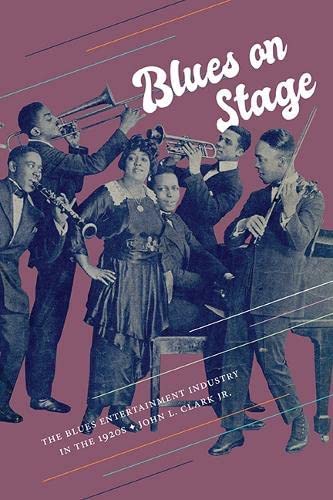2018 School Spending Survey Report
Blues on Stage: The Blues Entertainment Industry in the 1920s
COPY ISBN
VERDICT Though this book doesn’t unearth much new material, Clark admirably assembles information about the era that will appeal to blues scholars.
RELATED
ALREADY A SUBSCRIBER? LOG IN
We are currently offering this content for free. Sign up now to activate your personal profile, where you can save articles for future viewing




Comment Policy:
Comment should not be empty !!!